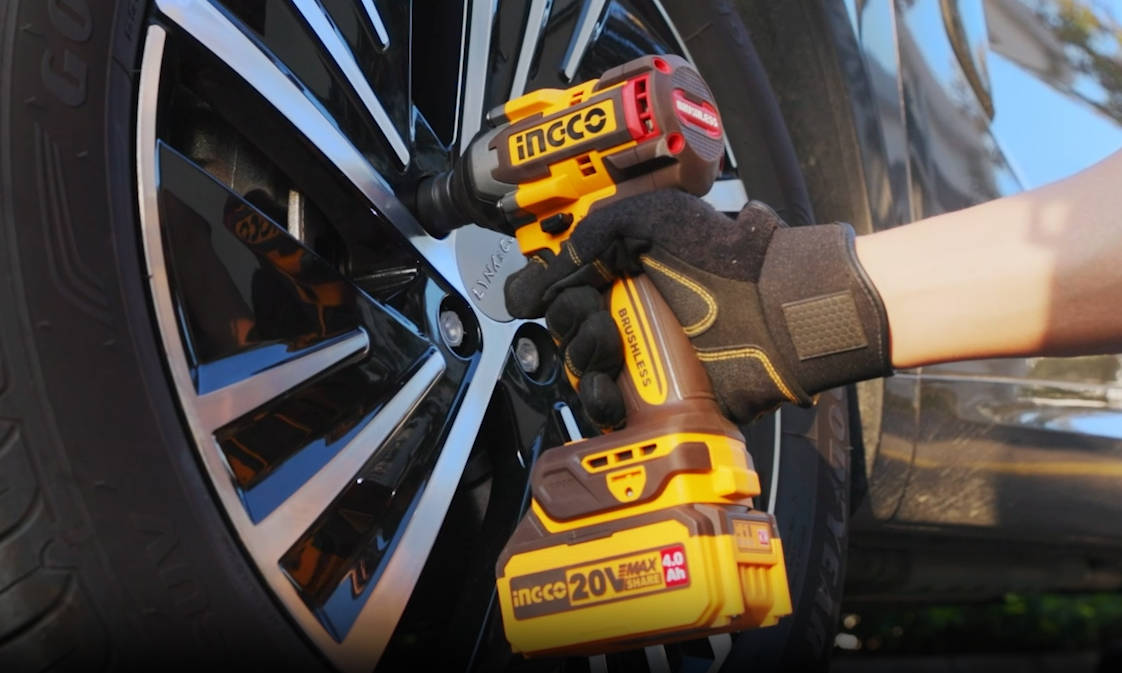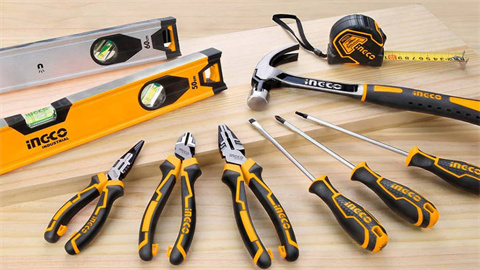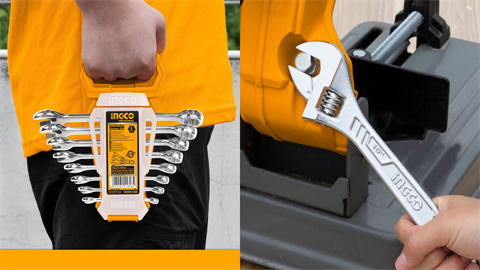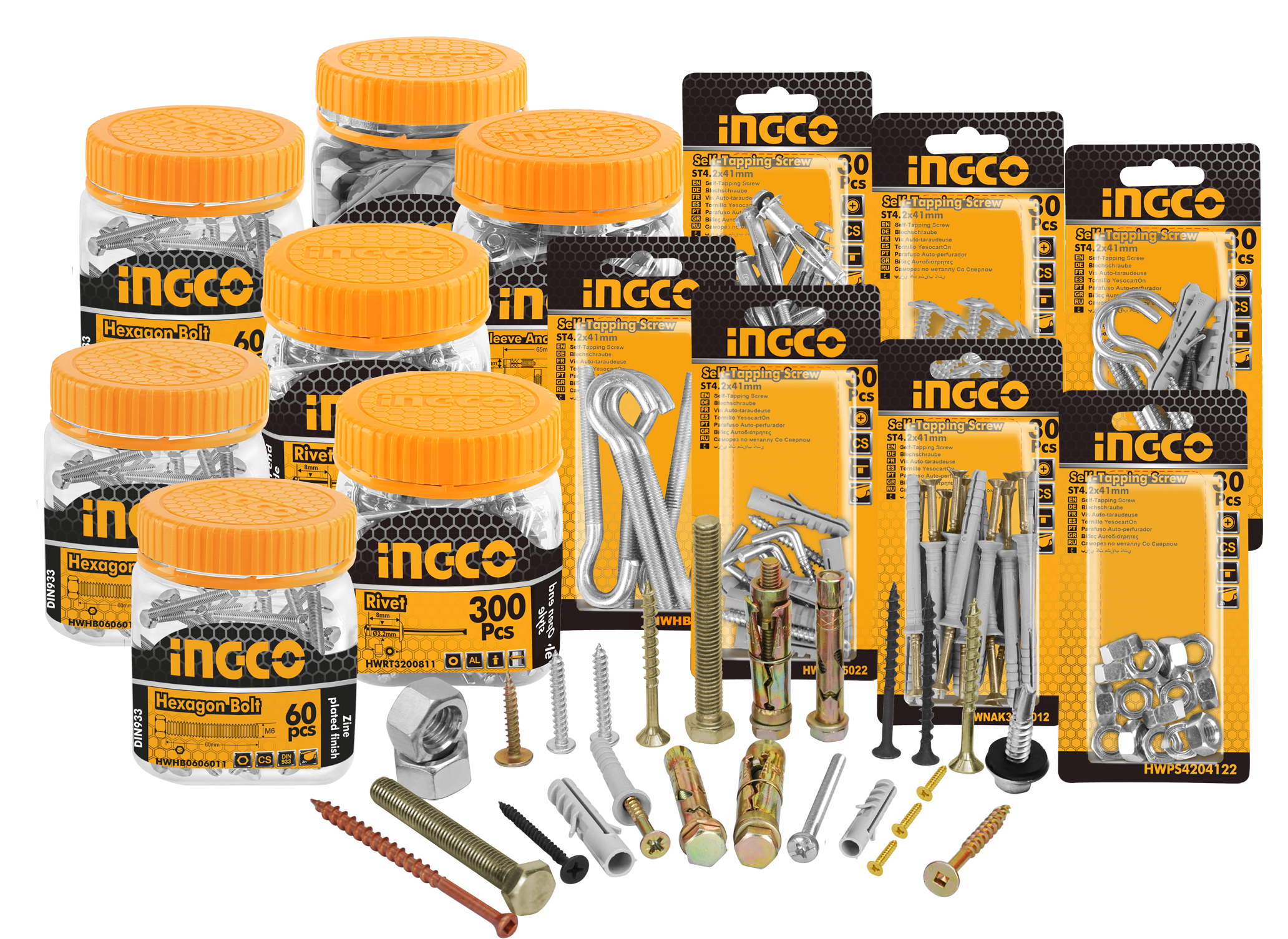What Is a Wrench? A Comprehensive Guide
From tightening bolts to assembling furniture, the wrench is an essential tool in every toolbox. This article examines the fundamental aspects of wrenches, including what is a wrench and the variety of types available. You will gain practical insights into choosing the right wrench for different tasks and learn about specialized wrenches designed for specific applications. Read to enhance your toolkit’s efficiency and versatility.
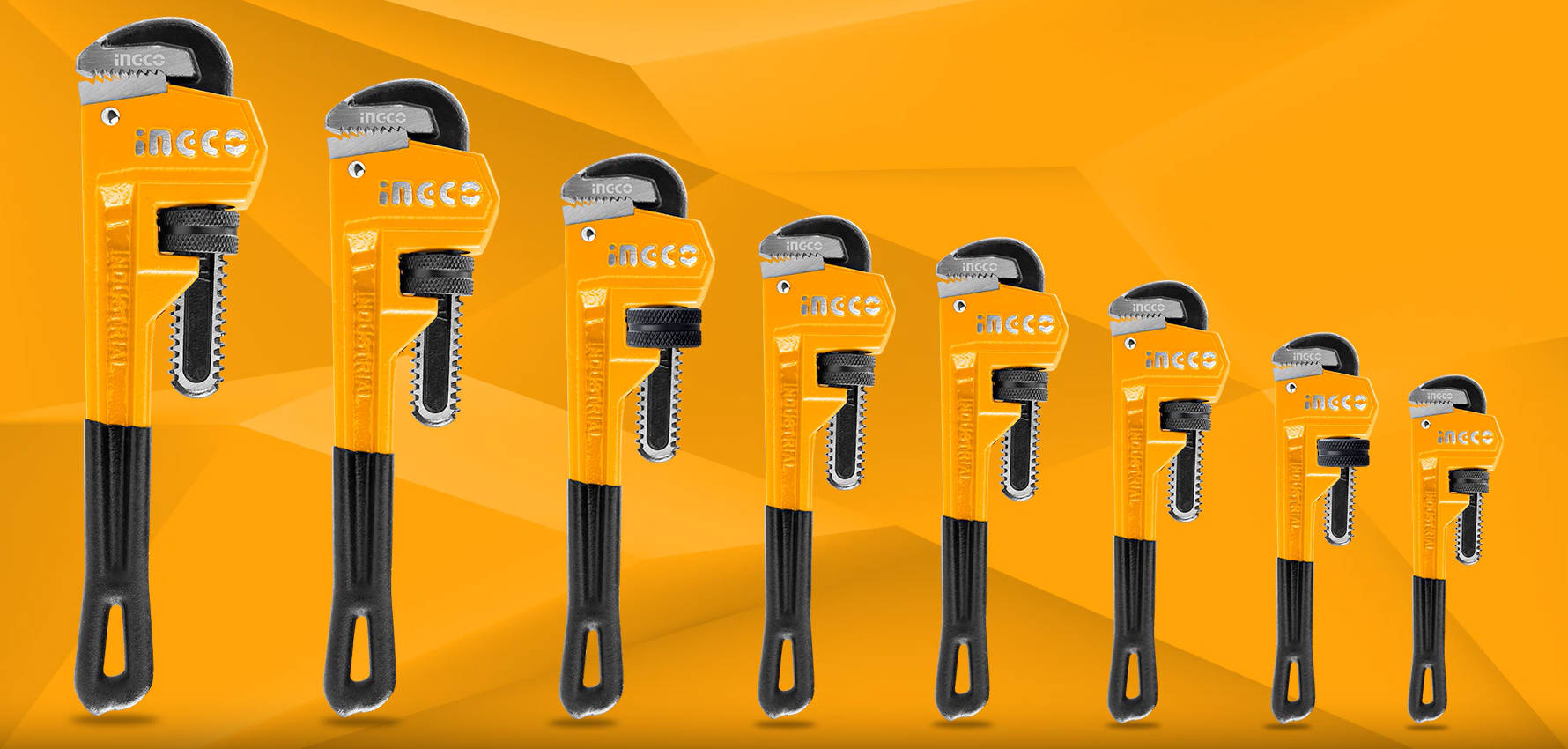
What Is a Wrench?
A wrench is a versatile hand tool used for gripping, fastening, turning, or loosening nuts and bolts. It typically consists of a handle with a jaw or socket at one end that can be adjusted to fit various sizes of fasteners. Wrenches come in different types, each designed for specific tasks and applications. They are commonly made from durable materials like steel to withstand high torque and provide a strong grip. Whether you're a professional mechanic, a DIY enthusiast, or just handling household repairs, having the right wrench can help you efficiently complete your tasks.
Common Types of Wrenches
When it comes to wrenches, there are several common types that every DIY enthusiast or professional should know about. Each type serves a specific purpose, and understanding their differences can help you choose the right tool for the job.
Open Wrenches
An open wrench features a U-shaped head at each end of the handle, with each head being a different size. This dual-size design allows you to work with various sizes of nuts or bolts using a single tool. Open wrenches are particularly useful for accessing nuts or bolts in tight or hard-to-reach spaces. However, they can sometimes slip off the fastener if not used carefully.
To use an open wrench, first identify the correct size for your nut or bolt. Place the head of the fastener into the jaws of the wrench, ensuring it fits snugly. For tightening, turn the wrench clockwise; for loosening, turn it counterclockwise, following the "righty tighty, lefty loosey" rule.
Box Wrenches
Box wrenches are essential tools for any mechanic or DIY enthusiast. Characterized by their closed-loop ends, these wrenches offer a secure grip on hexagonal or square bolts, preventing slippage. This design makes them ideal for high-torque applications where precision is required. Available in various sizes, box wrenches can handle a range of fasteners, making them versatile and convenient. They are often part of combination wrenches, with one end open and the other closed. Box wrenches are typically made from durable materials like chrome vanadium steel, ensuring long-lasting performance even under heavy use.
Combination Wrenches
A combination wrench features an open-end on one side and a box-end on the other, offering versatility for various tasks. The open-end provides quick adjustments, while the box-end ensures a secure grip on nuts and bolts. They are ideal for automotive repairs, household projects, and mechanical work.
Crescent Wrenches
A Crescent wrench, also known as an adjustable wrench, features a jaw that can be adjusted to fit different sizes of nuts and bolts. This versatility eliminates the need for multiple wrenches of varying sizes.
To use a Crescent wrench, locate the "warm screw" above the handle, which adjusts the jaw width. Turn this screw to set the jaws slightly larger than the nut or bolt. Once the fastener is placed inside the jaws, turn the warm screw to tighten the jaws snugly around it.
To use the wrench effectively, always ensure the fixed jaw is on the opposite side of the turning direction. Rotate the wrench clockwise to tighten and counterclockwise to loosen the fastener, directing the force into the fixed jaw for optimal performance.
Socket Wrenches
A socket wrench is a versatile tool featuring a handle, a head with a square drive, and interchangeable sockets. The square drive attaches to various socket sizes, allowing it to grip nuts and bolts securely. Unlike a fixed box end wrench, the socket can be easily swapped to fit different fasteners.
The key advantage of a socket wrench is its ratcheting mechanism. This allows the user to turn nuts and bolts without repositioning the tool, making it quicker and more efficient for tightening or loosening tasks. The direction can be adjusted via a knob on the head, making it adaptable for various jobs.
For those seeking the common types reliable and high-quality wrenches, INGCO wrench offers a broad range of options to meet various needs. INGCO's wrenches are designed for both professional and DIY use, ensuring you have the right tool for any job. For specialized applications, INGCO's lithium battery wrench, such as the CIWLI2001 cordless impact wrench, offers remarkable convenience and power. This wrench features a brushless motor, 20V voltage, and a maximum torque of 300Nm, making it ideal for heavy-duty tasks without the hassle of cords.
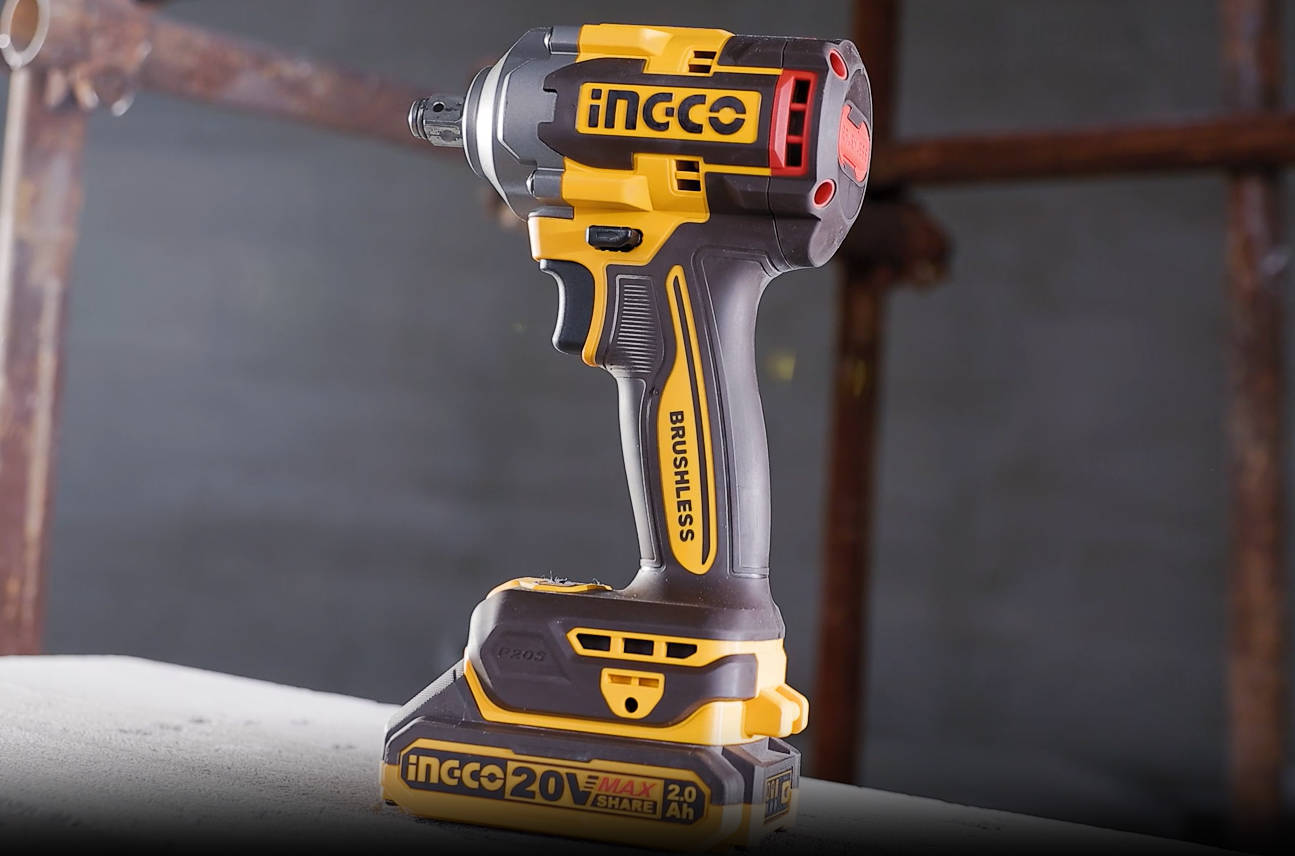
Additional Types of Wrenches for Special Use
- Allen Wrenches: Also known as hex keys, Allen wrenches are L-shaped tools used to drive bolts and screws with hexagonal sockets.
- Pipe Wrenches: Designed for working with pipes and fittings, pipe wrenches have adjustable jaws that grip and turn pipes securely.
- Breaker Bars: Long-handled tools used to break loose very tight bolts and nuts, providing extra leverage without ratcheting action.
- Torque Wrenches: Precision tools that apply a specific torque to a fastener, essential for tasks requiring accurate tightness to prevent over or under-tightening.
- Service Wrenches: Thin, open-end wrenches used in tight spaces, often seen in automotive and HVAC service applications.
Conclusion
Understanding what is a wrench and its various applications is crucial for anyone involved in mechanical tasks or DIY projects. By mastering how to use a wrench effectively and knowing the different types available, you can ensure that you select the right tool for any job. From the standard adjustable wrench to specialized types for unique tasks, wrenches are versatile tools that can tackle a wide range of applications. Equip yourself with the knowledge about wrenches and make your next project more efficient and successful.
FAQs
What materials are wrenches usually made of?
Wrenches are typically made from durable materials such as chrome vanadium steel or carbon steel. These materials provide the necessary strength and resistance to wear and corrosion, ensuring the tool's longevity and reliability.
How do I use a lithium battery wrench?
To use a lithium battery wrench, charge the battery fully, attach the appropriate socket, and select the desired torque setting. Align the wrench with the fastener, then press the trigger to start. Maintain a steady grip and apply consistent pressure until the fastener is tightened or loosened. Release the trigger to stop the wrench.
